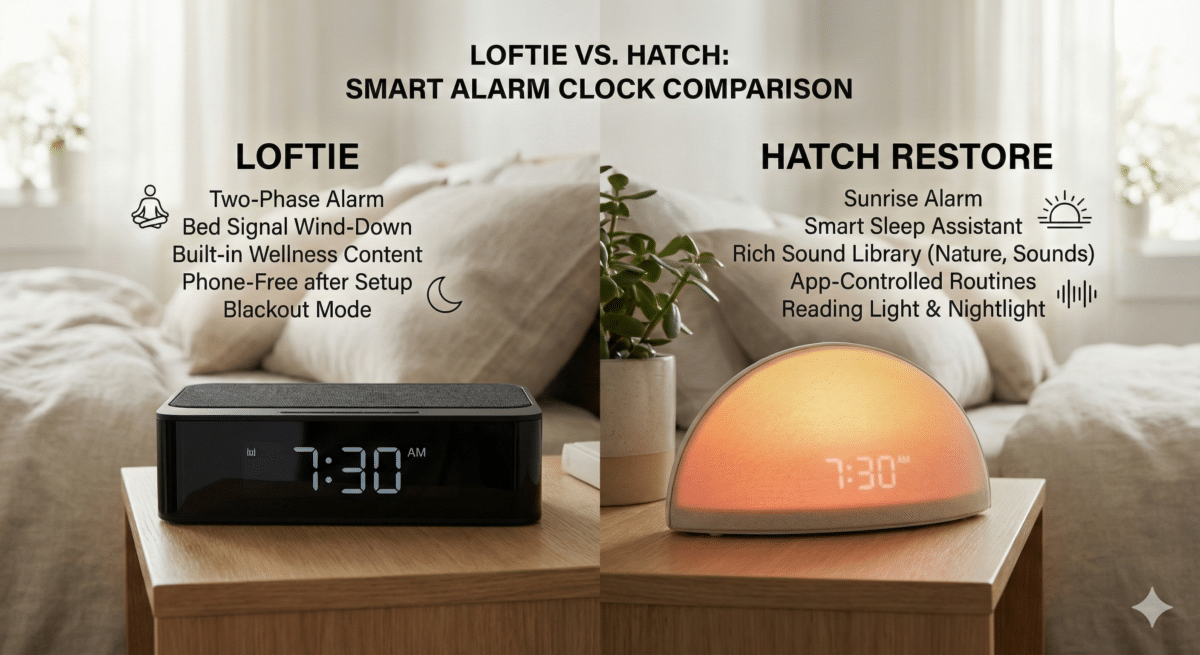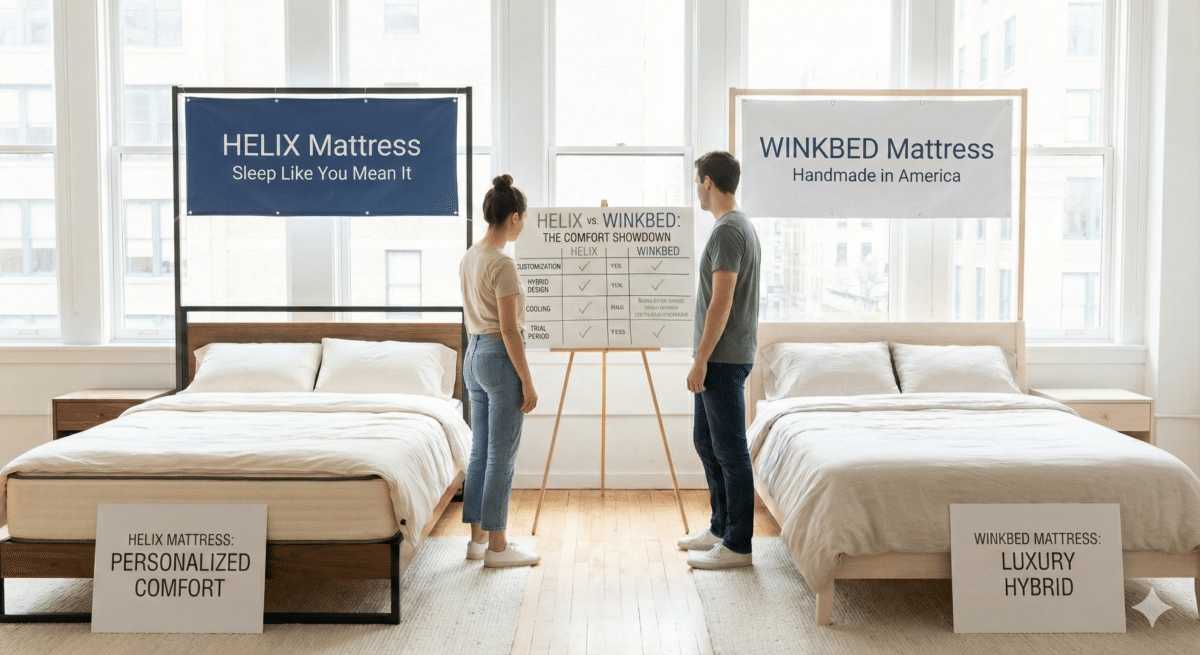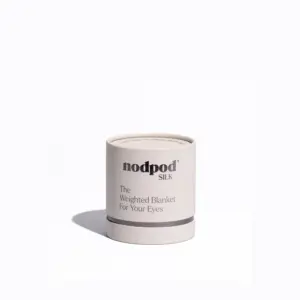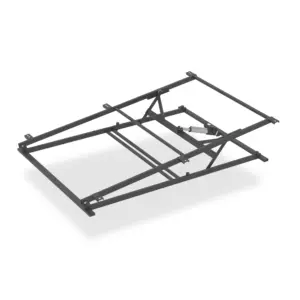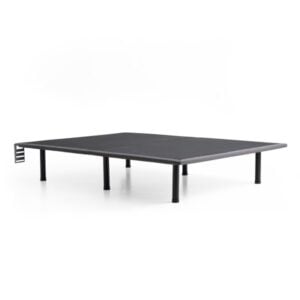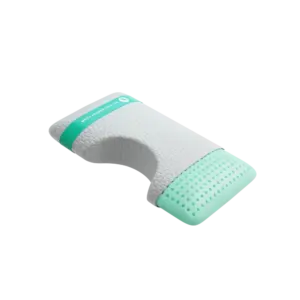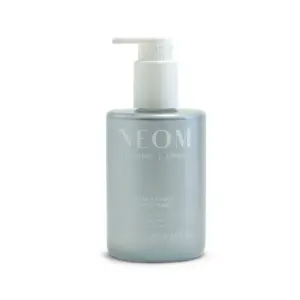Rest Assured: Choosing the Right Hospital Bed Mattress
Selecting the appropriate hospital bed mattress is essential for ensuring comfort and providing therapeutic support, especially for individuals undergoing medical recovery or managing chronic conditions. The right mattress can improve sleep quality, enhance recovery, and promote overall well-being. Here’s a detailed guide to help you navigate this important decision.
Factors to Consider When Choosing a Hospital Bed Mattress
Comfort and Support
Comfort and support are paramount when selecting a hospital bed mattress. It’s important to find a balance between firmness and cushioning tailored to the individual’s medical needs. A mattress that offers excellent support can significantly alleviate discomfort, particularly for people dealing with chronic pain.
Therapeutic Benefits
The right mattress can also have therapeutic benefits, particularly for patients with conditions like chronic back pain or limited mobility. Supportive mattresses help enhance recovery by redistributing pressure effectively and reducing the risk of pressure ulcers.
Material Matters
Consider hypoallergenic and eco-friendly materials that not only provide comfort but also help manage allergies. Materials like latex or memory foam are excellent choices due to their durability and resistance to allergens.
Understanding these factors will empower you to make an informed choice in selecting the ideal hospital bed mattress that meets specific needs for comfort and therapeutic support.
Types of Hospital Bed Mattresses
When it comes to hospital bed mattresses, understanding the various types available can help you make a better choice. Let’s delve into the most widely used options:
Foam Mattresses
Foam mattresses are particularly popular for their conformity to the body’s shape, offering exceptional pressure relief and support. They come in a variety of types, such as:
– Memory Foam: Originally developed by NASA, memory foam molds to the body, distributing weight evenly and alleviating pressure points. It’s particularly beneficial for patients needing extra support.
– Polyurethane Foam (Polyfoam): A versatile and cost-effective option available in different densities. High-density polyfoam is often employed as a supportive base layer, while low-density variants offer a softer comfort layer.
– High-Resilience (HR) Foam: Known for its elasticity, HR foam quickly regains its shape. This feature promotes spinal alignment and comfort.
Latex Mattresses
Offering durability and natural resistance to allergens, latex mattresses provide a buoyant and supportive feel. Options include:
– Natural Latex: Harvested from rubber trees, making it an eco-friendly alternative.
– Synthetic Latex: More affordable and made from petrochemicals, but still provides reliable support.
Innerspring Mattresses
This traditional option features a steel coil support system, offering firm support at often a lower price point. They are suitable for those who prefer a firmer sleeping surface.
Inflatable Mattresses
These air pressure mattresses are ideal for patients at risk for pressure sores or back pain. They can be adjusted to suit individual needs and may even offer lateral rotation to help mitigate pressure-related skin issues.
By understanding these various types of hospital bed mattresses, you can better cater to the specific needs and preferences of the patient, ensuring maximum comfort and support.
Benefits of Foam Mattresses
Foam mattresses have a lot to offer where comfort and therapeutic support are concerned. Let’s explore why they stand out in hospital settings:
Enhanced Comfort
Foam mattresses, especially memory foam, are renowned for their contouring abilities. They create a personalized sleeping surface, making them essential for patients where comfort directly impacts recovery. Their ability to adapt to individual body shapes ensures that pressure points are minimized.
Effective Therapeutic Support
Clinical studies demonstrate that the therapeutic advantages of foam mattresses, particularly HR foam, promote proper spinal alignment. This elasticity ensures consistent support, crucial for patients confined to bed for long periods.
Pressure Relief Capabilities
Pressure relief is critical in hospital environments. Foam mattresses, particularly those designed with visco foam, distribute weight evenly. This significantly reduces stress on vulnerable areas, such as shoulders, hips, and heels, where pressure ulcers most commonly occur.
Top Choices in Foam Mattresses
Some models, like the TheraTech 7500, utilize viscoelastic memory foam to provide exemplary pressure relief. These mattresses excel at combining comfort and essential support features, making them an excellent choice for hospital beds.
Best Mattresses for Adjustable Beds
When selecting a mattress for adjustable beds, certain types are more suitable than others. Let’s explore the top contenders:
Memory Foam Mattresses
These are incredibly popular for adjustable beds. Their ability to contour to your body ensures personalized comfort, coupled with excellent motion isolation—meaning movement on one side of the bed won’t disturb the other.
Latex Mattresses
Natural and resilience-driven, latex mattresses offer fantastic support while maintaining flexibility—key for adjustable bed features. Their cooler sleeping surface is perfect for those who tend to feel hot at night.
Hybrid Mattresses
Combining multiple materials, hybrids often feature firm coils for support blended with foam or latex layers for comfort. This makes them versatile and adaptable to various positions—ideal for patients requiring different reclining angles.
Key Considerations for Choosing a Mattress Hospital Bed
When selecting a mattress for a hospital bed, keep these key factors in mind:
Size Compatibility
Select a mattress that fits the dimensions of the hospital bed accurately. A mismatched mattress can result in discomfort and instability, leading to safety risks.
Pressure Redistribution
Proper pressure management is vital for bedridden patients. Foam and inflatable mattresses excel in this area by contouring to the body and dispersing pressure effectively.
Patient Comfort
Ultimately, prioritize patient comfort. Consider materials that cater to different firmness preferences, and ensure the mattress features temperature regulation to maintain a comfortable sleeping environment.
Conclusion
Choosing the right hospital bed mattress is an essential decision that can dramatically impact patient comfort and recovery. At Yawnder, we are dedicated to guiding you through this process, offering expert evaluations of various mattress options tailored to therapeutic support, comfort, and compatibility.
From adjustable beds to therapeutic foams, we help you find the ideal mattress that aligns with specific health needs. Trust in our expertise to enhance sleep quality and promote overall wellness. Explore our curated selection to discover the perfect mattress for better health and a restful night’s sleep.


